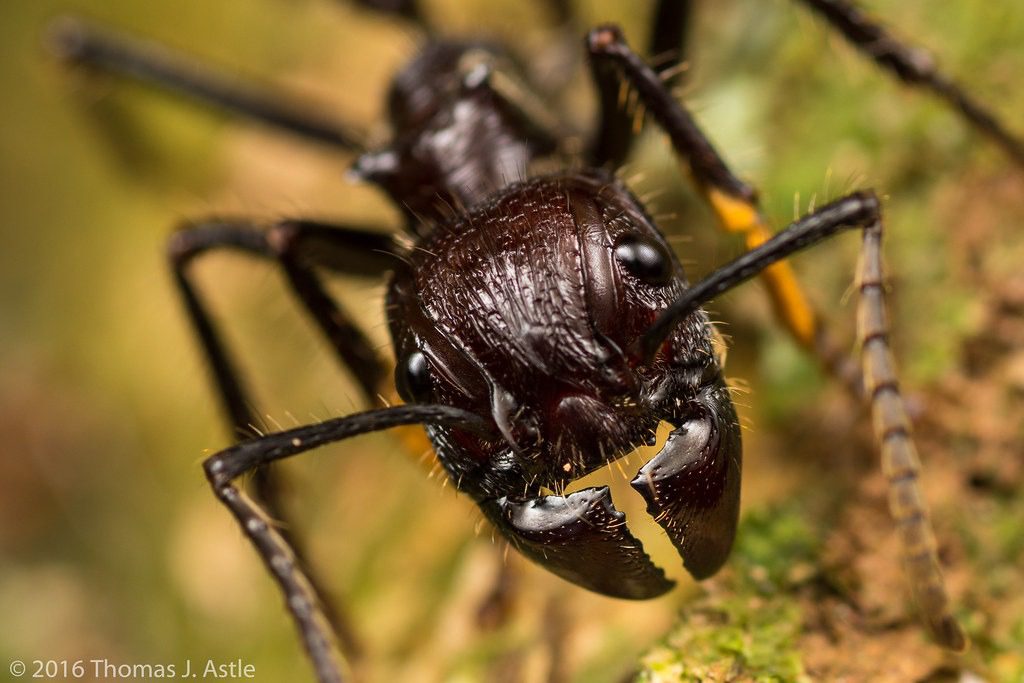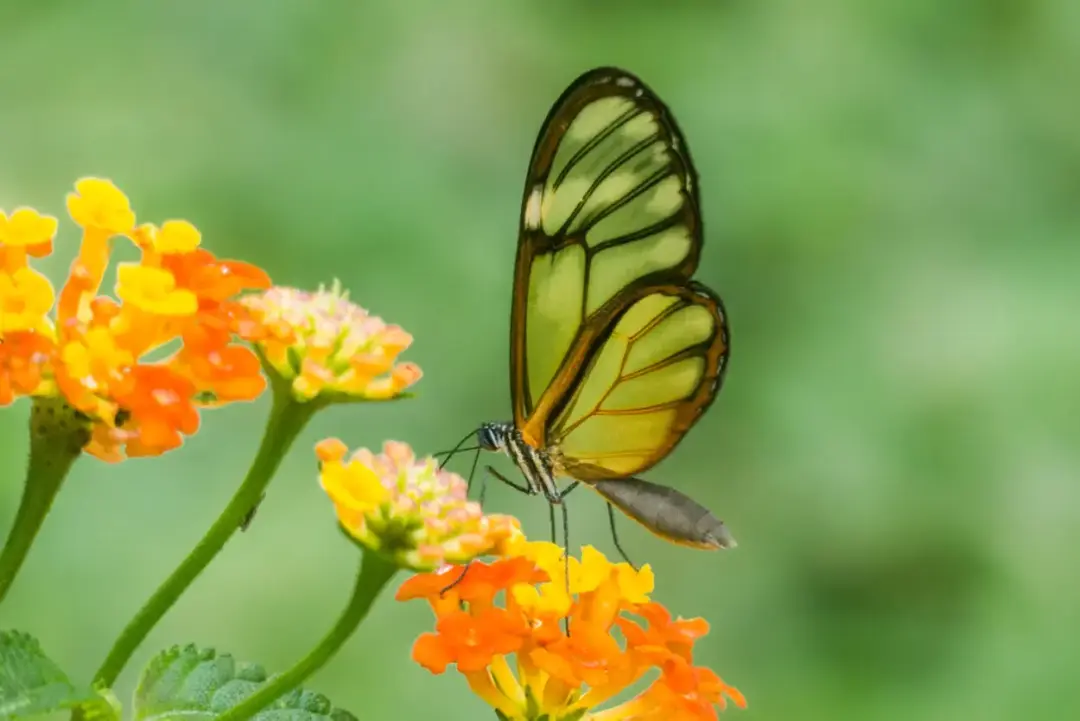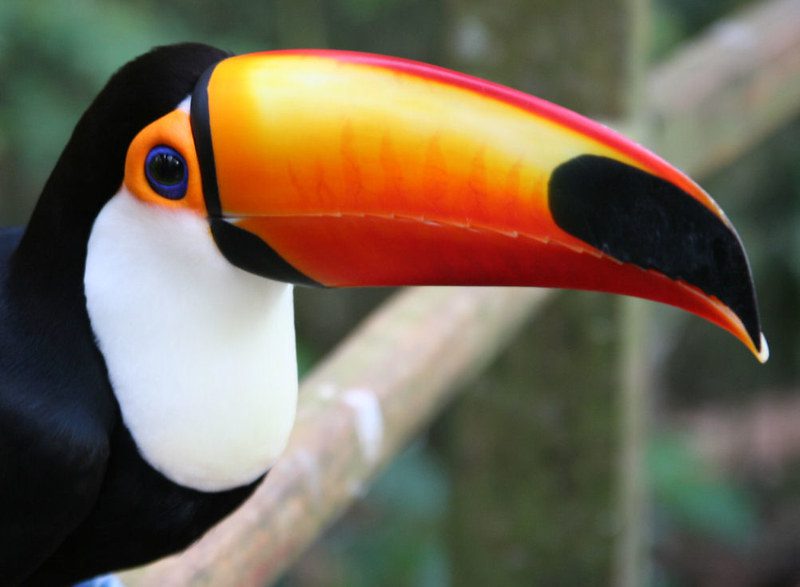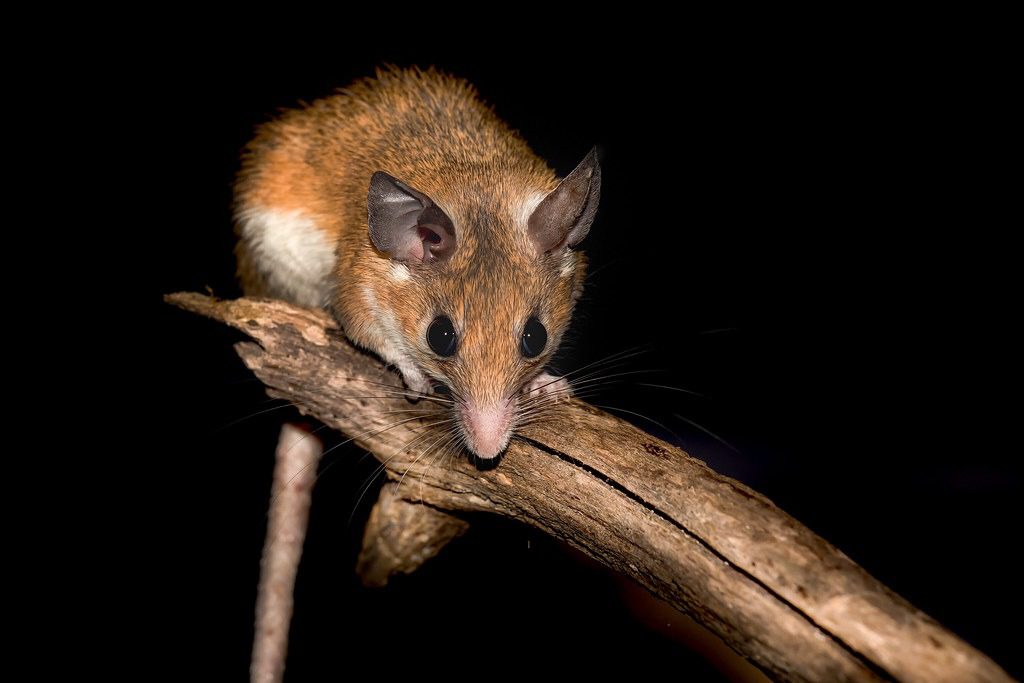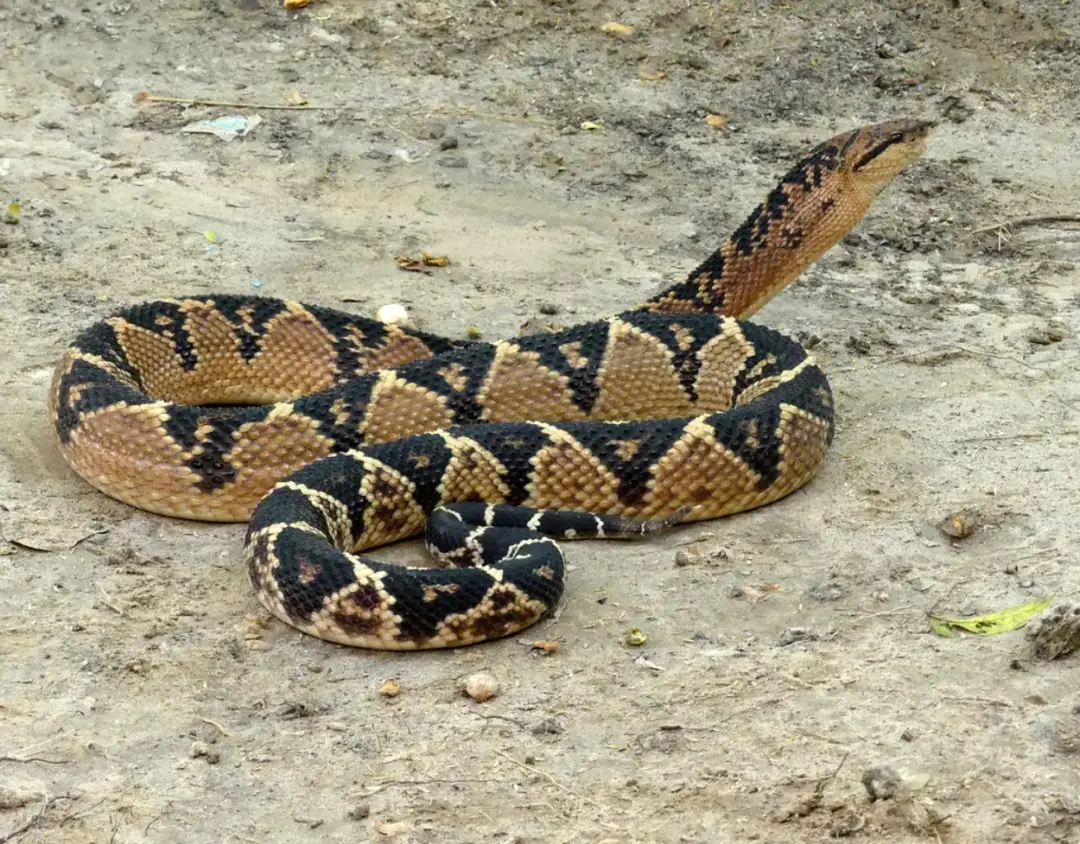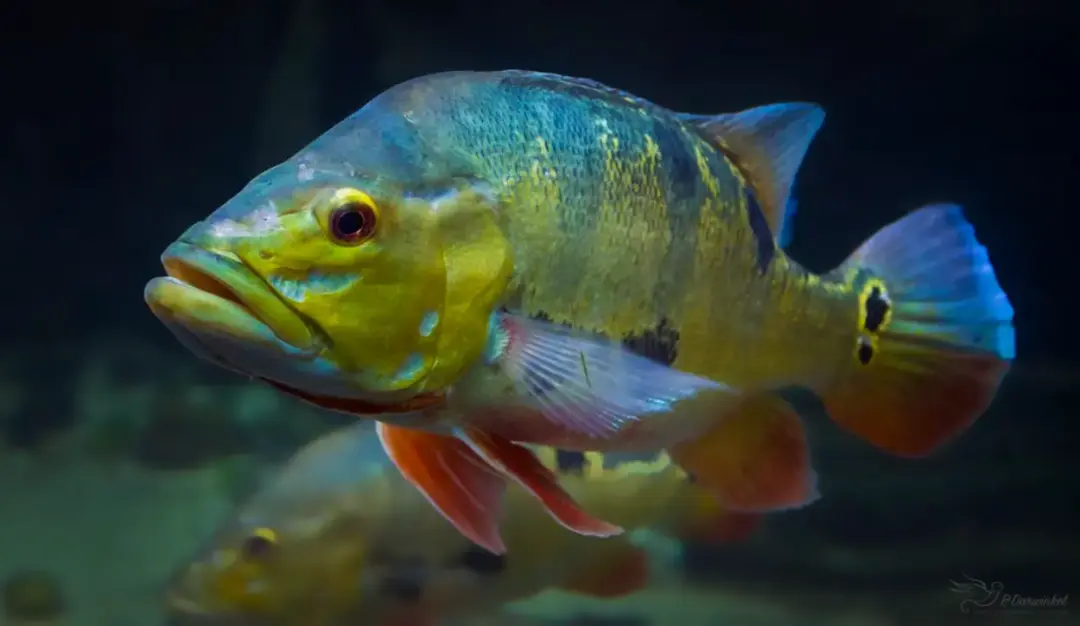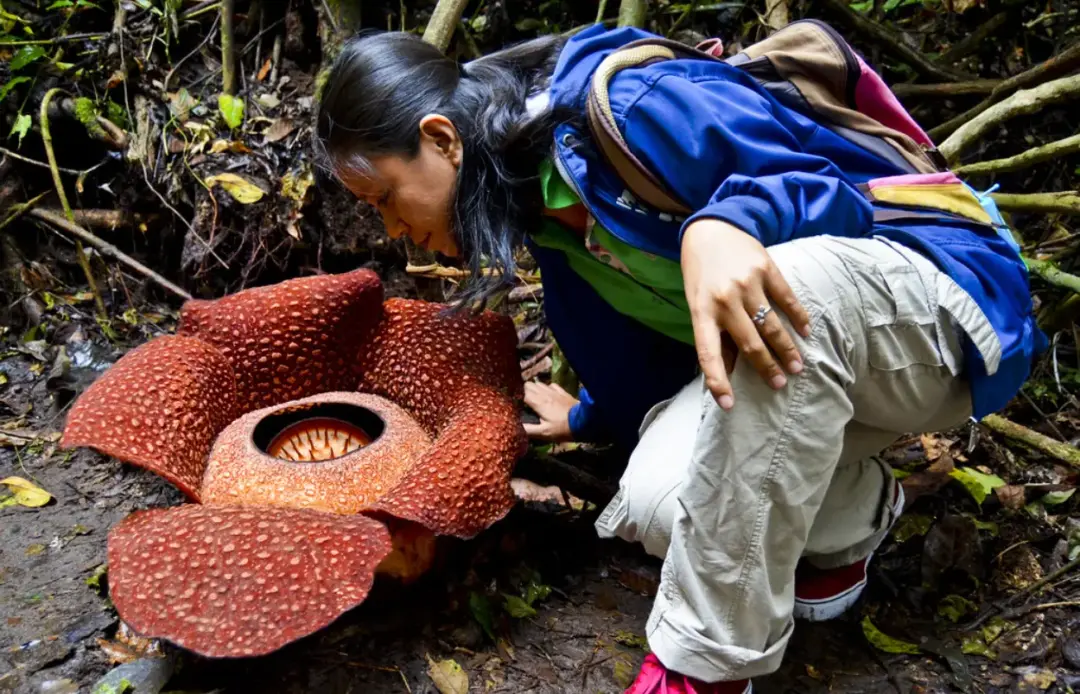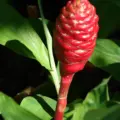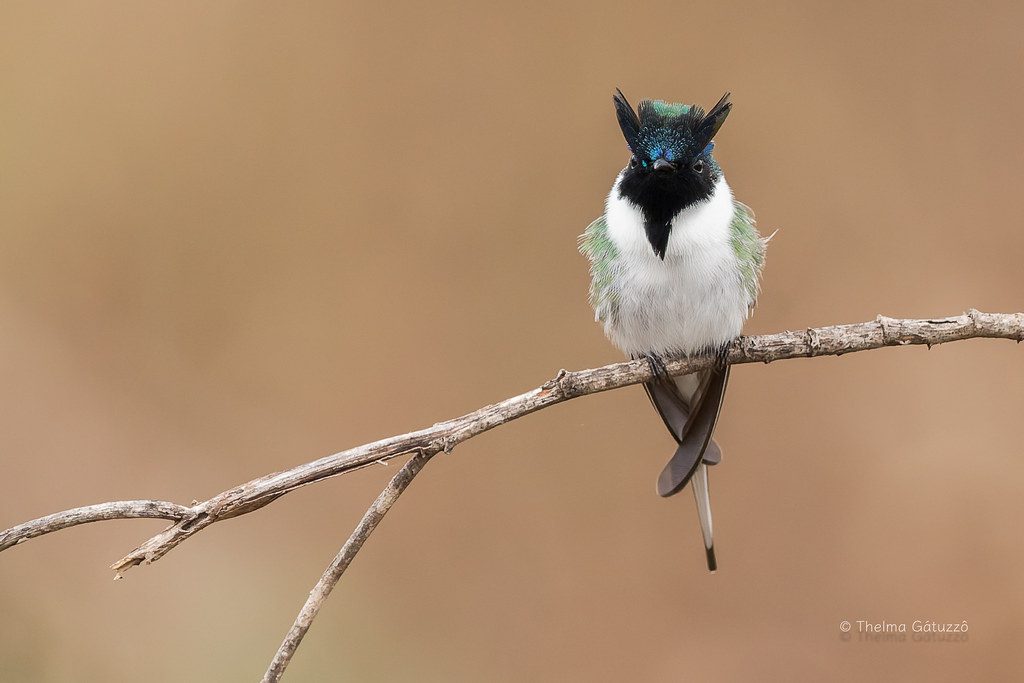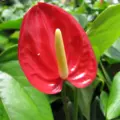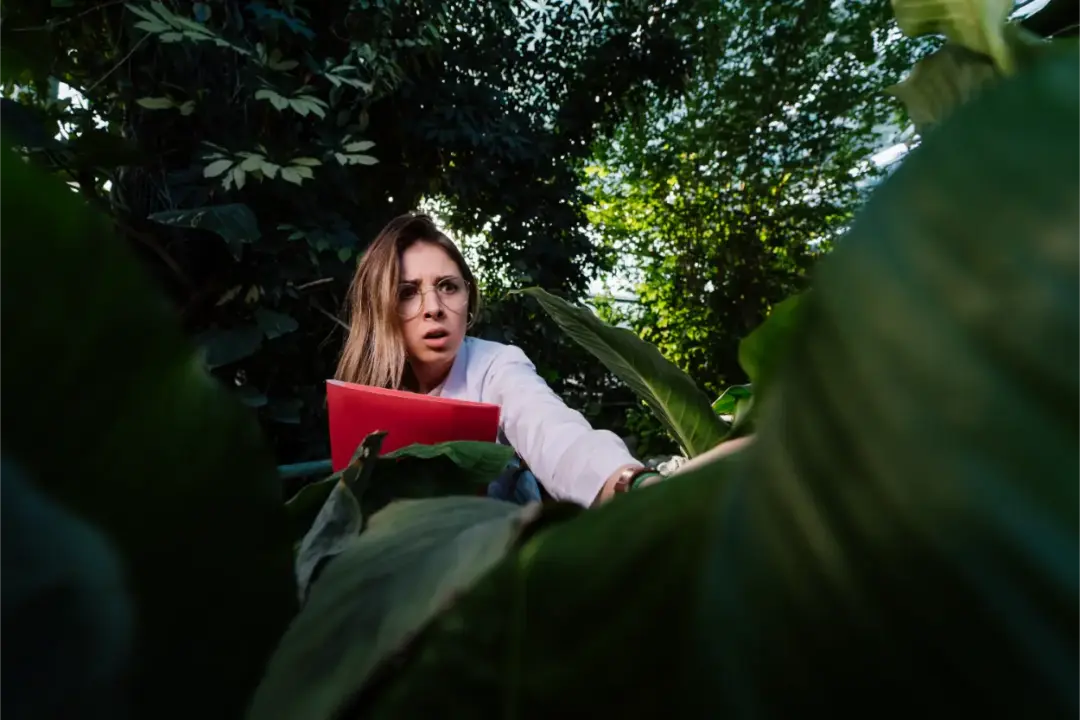Exploring the Wonders of Amazon Rainforest Aquatic Plants
Welcome to an enchanting journey through the lush waterways of the Amazon where incredible aquatic plants thrive. This article will delve into a variety of Amazon rainforest aquatic plants, exploring their ecological significance, beauty, and the critical role they play in the Amazon’s ecosystem. We’ll also uncover an amazon rainforest aquatic plants list, showcasing the astonishing diversity found in this breathtaking region.
Understanding Amazon Rainforest Aquatic Plants
The Amazon rainforest is a biological treasure trove, home to an astounding variety of plant life, including numerous unique aquatic species. These plants contribute to the intricate balance of their watery habitats, offering essential resources and support to countless organisms. From vibrant floating gardens to resilient root systems, each aquatic plant has its role, working in harmony with the diverse wildlife around it.
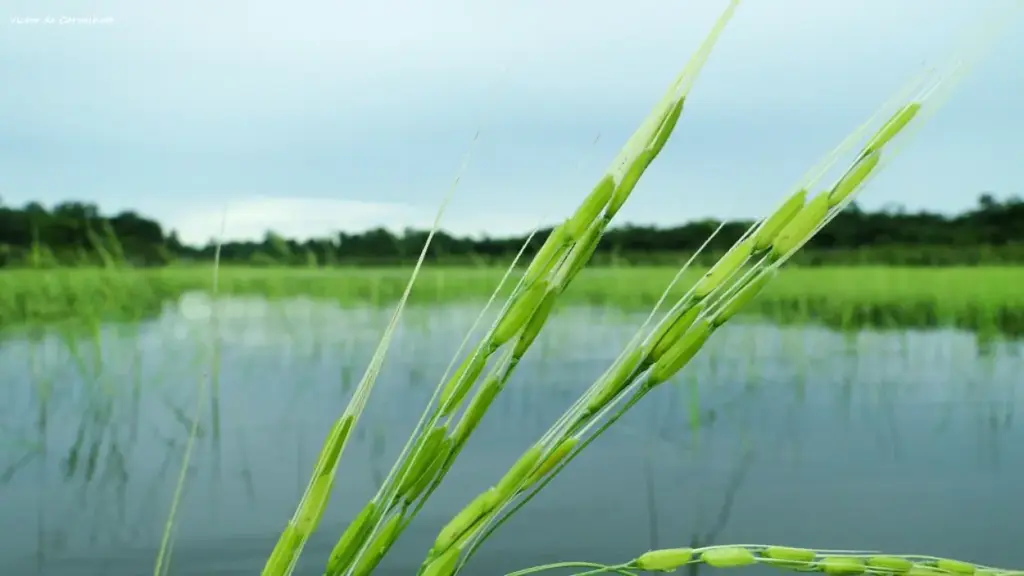
Aquatic plants in the Amazon can be divided into several categories based on their specific adaptations and habitats. Whether it’s the famous water lilies or the lesser-known but equally fascinating species, these plants are not just beautiful; they are integral to the survival of the ecosystem. They provide food and shelter for fish, amphibians, and even birds that make these waters their home.
Amazon Rainforest Aquatic Plants List
Here’s an amazon rainforest aquatic plants list that highlights some of the most significant and captivating species found in the Amazon Basin:
- Water Lilies (Nymphaea spp.): Renowned for their stunning blooms and large, floating leaves, water lilies create picturesque scenes on the water’s surface.
- Amazonian River Grass (Echinodorus spp.): These hardy plants form dense beds that provide essential habitat for fish and wildlife.
- Floating Hearts (Nymphoides spp.): With heart-shaped leaves, these charming plants contribute to the biodiversity of the aquatic environment.
- Arrowhead (Sagittaria spp.): Known for its pointed leaves, arrowhead thrives in shallow waters and plays a crucial role in sediment stabilization.
- Aquatic Ferns (Salvinia spp.): Floating ferns that not only enhance the beauty of the water but also provide excellent habitat for tiny aquatic organisms.
Unique Characteristics of Amazon Rainforest Aquatic Plants
Each of these plants exhibits unique characteristics that make them well-suited for life in freshwater rivers, lakes, and swampy areas of the rainforest. For example, water lilies have broad, flat leaves that float gracefully on the water’s surface, preventing excessive sunlight penetration and thereby shielding the aquatic environment below. Their vibrant flowers are crucial for attracting pollinators, contributing not only to their reproductive success but also enriching the biodiversity of the region.

Aquatic plants are ingeniously adapted to survive in fluctuating water levels, from seasonal floods to dry spells. Many species, such as the Amazonian river grass, have erect stems that can adjust to varying water depths, ensuring their survival during changes in water flow. This adaptive resilience not only supports individual plant species but fosters a rich and dynamic ecosystem crucial for sustaining the larger population of flora and fauna in the rainforest.
The Importance of Aquatic Plants in the Amazon Rainforest
The significance of Amazon rainforest aquatic plants extends beyond their aesthetic value. They play vital roles in nutrient cycling, water purification, and providing habitat. Aquatic plants absorb nutrients and toxins from the water, improving water quality and ensuring a healthy environment for all organisms that depend on these habitats.
Moreover, the tangled roots and dense foliage of aquatic plants provide essential cover for fish and juvenile species, offering them protection from predators. This creates a thriving ecology that not only supports various fish species but also sustains the broader food web, including birds and mammals that rely on fish for nourishment.
Amazon Rainforest Plants Beyond The Aquatic Realm
While much attention is given to aquatic plants, the Amazon rainforest is also teeming with a rich diversity of terrestrial flora. This vast expanse supports an incredible range of botanical life, including towering trees, vibrant understory plants, and delicate flowers. Understanding the interplay between aquatic and terrestrial plants highlights the interconnectedness of the Amazon ecosystem.
The rainforest trees, such as the giant Brazil nut and the kapok tree, not only define the landscape but also provide shelter and nourishment for various species. In fact, many trees depend on the nutrient-rich runoff from aquatic ecosystems to grow and thrive. This symbiotic relationship demonstrates the delicate balance of nature, showcasing how one part influences another in this remarkable ecosystem.
Rare Amazon Rainforest Plants
Among the extraordinary botanical life found in the Amazon, some plants are deemed rare or endangered. These plants often face threats from deforestation, habitat loss, and pollution. Preserving these unique species is crucial not just for maintaining biodiversity but also for sustaining traditional medicines and ecological health.
One example of a rare plant is the Amazon water lily (Victoria amazonica), which is known for its impressive size, with leaves that can reach up to three meters in diameter. The species is vulnerable due to its specific habitat requirements, which are increasingly threatened by environmental changes. Protecting such plants is vital for both ecological balance and the cultural heritage of the indigenous communities that rely on them.
The Beauty of Amazon Rainforest Flowers
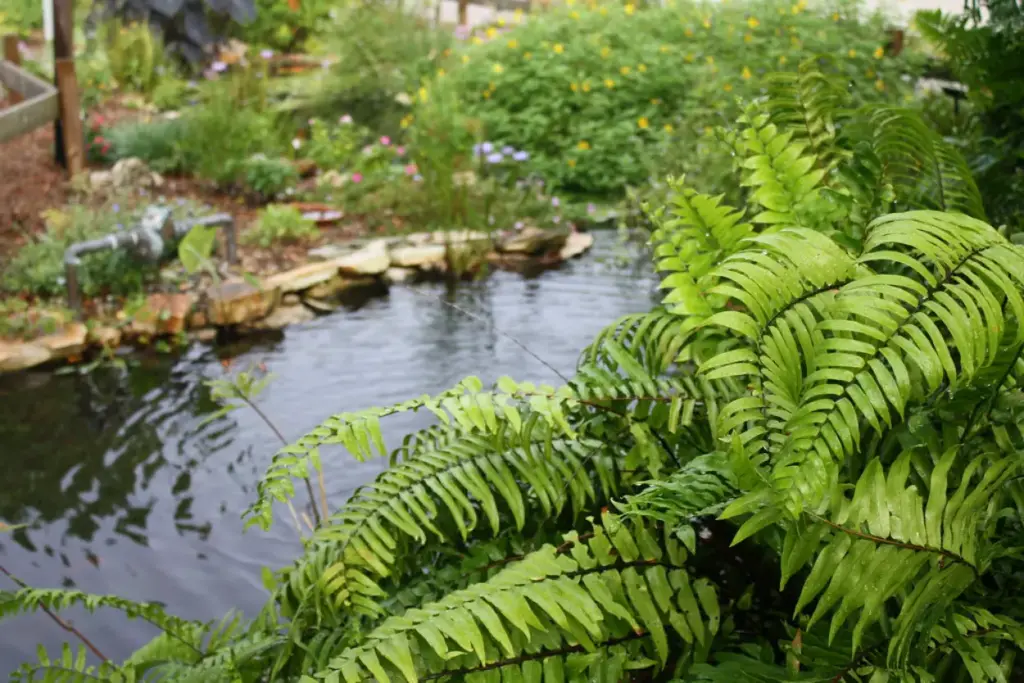
As we explore the stunning aquatic realm, it’s impossible to forget the captivating flowers that adorn the Amazon rainforest landscape. From the vibrant orchids that cling to trees to the striking bromeliads that burst with color, the Amazon is a floral wonderland. These flowers not only bring beauty but also serve crucial roles in the ecosystem, attracting pollinators and facilitating reproduction.
Many aquatic plants, such as the floating hearts, have beautiful flowers that rise above the water. These blossoms not only enhance the aesthetic value of the waterways but are also critical in attracting pollinators like bees and butterflies, ensuring the continuation of their species. This interdependence highlights the importance of protecting both aquatic and terrestrial flora in maintaining the ecological integrity of the Amazon rainforest.
Current Issues Facing Aquatic Plants in the Amazon
Despite the beauty and ecological importance of Amazon rainforest aquatic plants, they face numerous challenges. Environmental threats, including climate change, pollution, invasive species, and deforestation, jeopardize their survival. Changes in water quality and flow can severely impact these delicate plants, leading to diminishing populations and biodiversity loss.
Conservation efforts are increasingly essential to protect these invaluable species and their habitats. Organizations and local communities are working together to create protected areas and implement sustainable practices that prioritize the health of the Amazon. Raising awareness about the significance of these plants and the threats they face fosters a deeper appreciation for their role in the broader context of rainforest preservation.
Final Thoughts: Celebrating the Diversity of Amazon Aquatic Plants
The Amazon rainforest, with its breathtaking aquatic plants, serves as a crucial reminder of nature’s intricate beauty and resilience. From the powerful water lilies to the delicate floating hearts, each species contributes to a thriving ecosystem that supports a diverse tapestry of life. Protecting these aquatic wonders is not just a responsibility but also a vital endeavor that ensures future generations can appreciate the remarkable and irreplaceable Amazon rainforest.
As we marvel at the enchanting aquatic plants of the Amazon, let us continue to cherish, protect, and advocate for the preservation of this extraordinary natural treasure. 🌿💧✨


